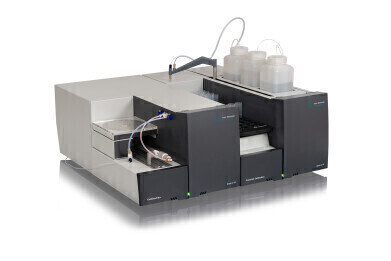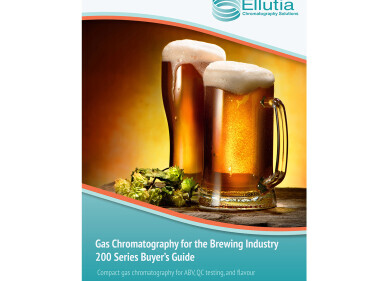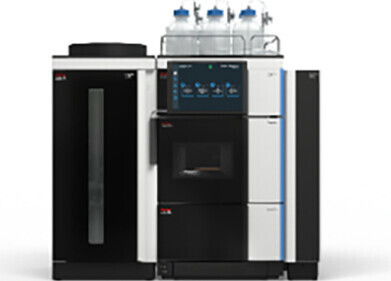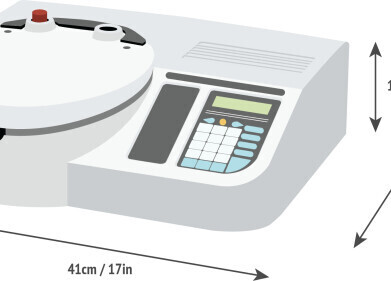Chromatography
Unlocking the future of PFAS detection in textiles: A new era of precision and compliance
Feb 07 2025
Per- and polyfluoroalkyl substances (PFAS) have long been celebrated for their ability to repel stains and water, making them a staple in the textile industry. From durable outdoor gear to breathable sportswear, PFAS enhance the functionality of clothing, footwear, and accessories. However, their environmental persistence and potential health risks have sparked global regulatory action, pushing the industry to rethink its reliance on these chemicals.
The regulatory landscape
Governments and organisations worldwide are tightening restrictions on PFAS in textiles. California’s AB 1817 will ban PFAS in most textiles by 2025, with outdoor apparel exempt until 2028. The European Union is set to implement a similar ban in 2026, while OEKO-TEX has already introduced a 100 mg/kg fluorine limit in 2024. Japan and China are also advancing stricter controls, reflecting a global shift toward PFAS-free textiles.
The ISO/NP 20999:2023 standard, which employs Combustion Ion Chromatography (C-IC) for total halide assessment, has emerged as a key tool for compliance. However, the challenge lies in the widespread presence of PFAS. A 2019 European Commission report revealed that 20% of apparel and 10% of sportswear in Europe contain PFAS, with annual usage reaching 30,200 tons. Similarly, a 2018 study detected PFAS in 70% of 137 garments tested, highlighting the urgent need for robust fluorine analysis across the textile, upholstery, leather, apparel, and carpet (TULAC) industries.
Advancing fluorine analysis with XPREP C-IC
Traditional PFAS detection methods, such as the Mahler Bomb and Wickbold combustion, are not only inefficient but also hazardous. Liquid Chromatography- Mass Spectrometry (LC-MS/MS) provides high sensitivity but at a steep cost and with restricted compound detection.
Enter the XPREP C-IC, a groundbreaking solution from Trace Elemental Instruments that integrates combustion with ion chromatography to revolutionise fluorine detection. This fully automated system enables simultaneous sample processing and data acquisition, significantly enhancing precision and efficiency. Its advanced fraction collection unit optimises sample handling, streamlining workflows and reducing operational complexities.
The path forward
As regulatory pressures mount and consumer demand for PFAS-free textiles grows, the industry must embrace innovative solutions like the XPREP C-IC. This system sets a new benchmark in environmental analytical chemistry by combining precision, automation, and cutting-edge technology.
The future of textile safety hinges on our ability to detect and eliminate PFAS effectively. With tools like the XPREP C-IC, the industry is well-equipped to meet regulatory demands, protect human health, and safeguard the environment. The era of PFAS-free textiles is within reach - precision and innovation will lead the way.
More information online
Digital Edition
Lab Asia Dec 2025
December 2025
Chromatography Articles- Cutting-edge sample preparation tools help laboratories to stay ahead of the curveMass Spectrometry & Spectroscopy Articles- Unlocking the complexity of metabolomics: Pushi...
View all digital editions
Events
Jan 21 2026 Tokyo, Japan
Jan 28 2026 Tokyo, Japan
Jan 29 2026 New Delhi, India
Feb 07 2026 Boston, MA, USA
Asia Pharma Expo/Asia Lab Expo
Feb 12 2026 Dhaka, Bangladesh



















